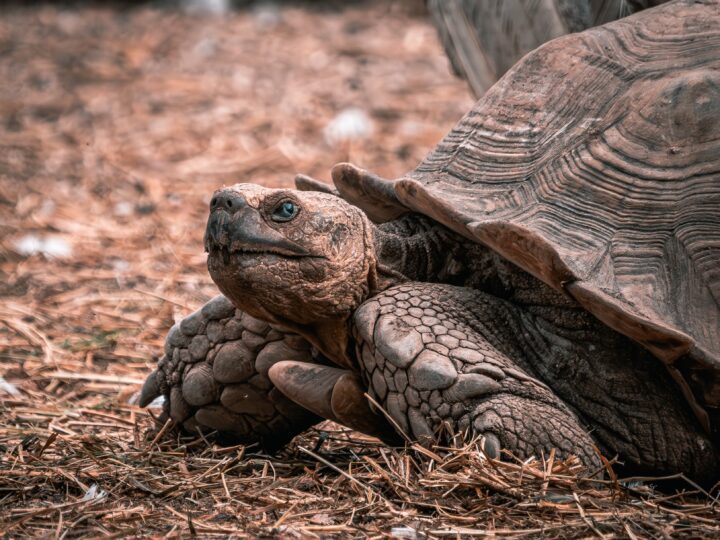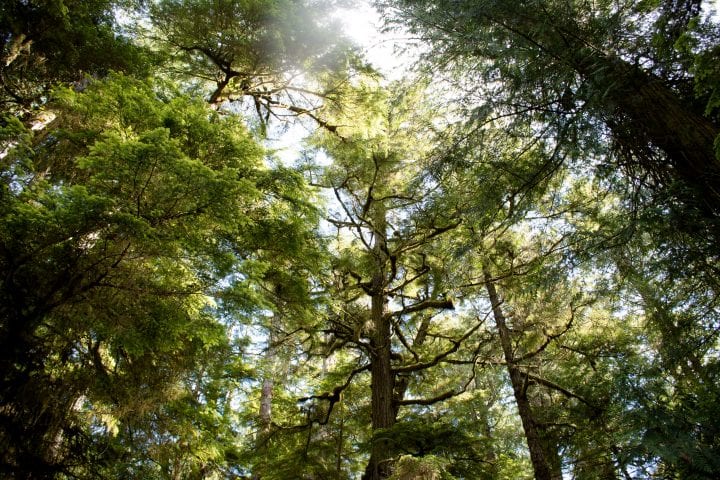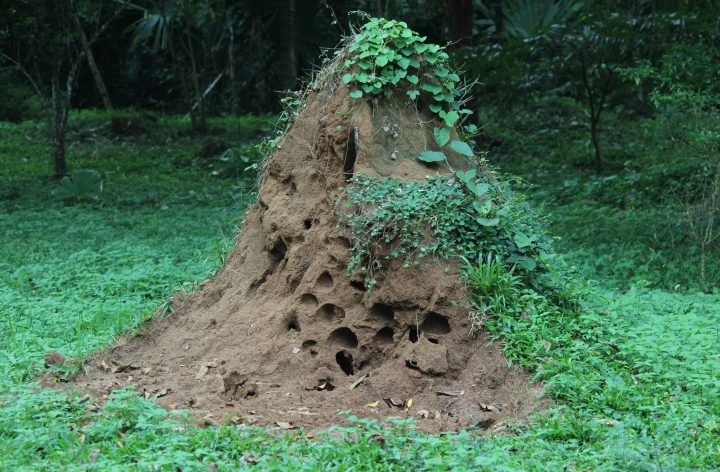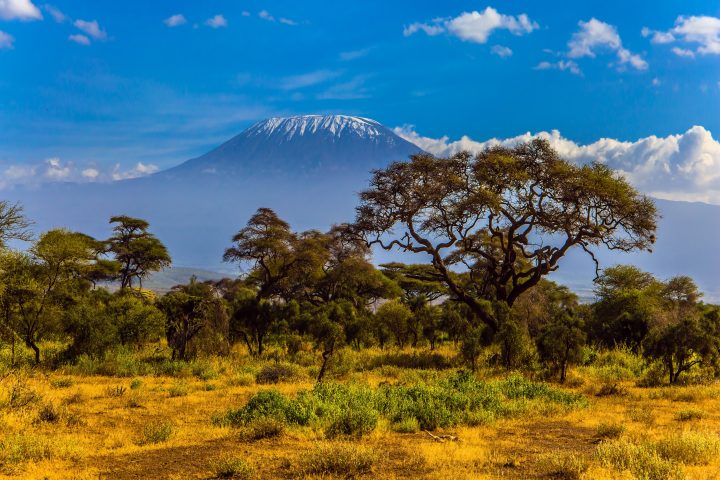The complexity of food webs in sandy dune ecosystems increases along productivity gradients, with feedback loops governing the stability of the system.
“Understanding how complex food webs assemble through time is fundamental both for ecological theory and for the development of sustainable strategies of ecosystem conservation and restoration. The build-up of complexity in communities is theoretically difficult, because in random-pattern models complexity leads to instability1. There is growing evidence, however, that nonrandom patterns in the strengths of the interactions between predators and prey strongly enhance system stability2, 3, 4. Here we show how such patterns explain stability in naturally assembling communities. We present two series of below-ground food webs along natural productivity gradients in vegetation successions5, 6. The complexity of the food webs increased along the gradients. The stability of the food webs was captured by measuring the weight of feedback loops7 of three interacting ‘species’ locked in omnivory. Low predator–prey biomass ratios in these omnivorous loops were shown to have a crucial role in preserving stability as productivity and complexity increased during succession. Our results show the build-up of food-web complexity in natural productivity gradients and pin down the feedback loops that govern the stability of whole webs. They show that it is the heaviest three-link feedback loop in a network of predator–prey effects that limits its stability. Because the weight of these feedback loops is kept relatively low by the biomass build-up in the successional process, complexity does not lead to instability.” (Neutel et al. 2007:599)






